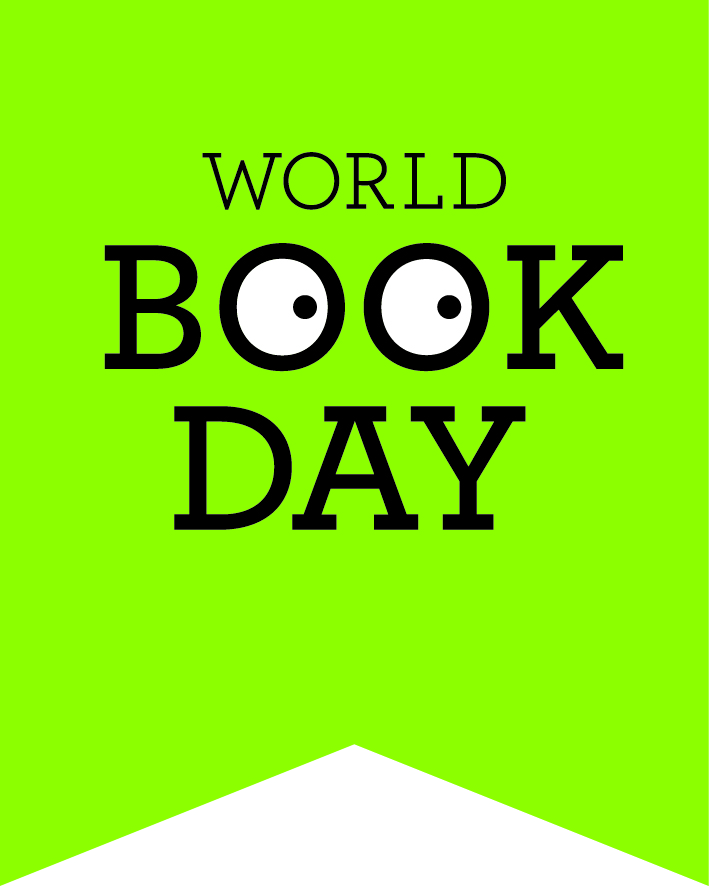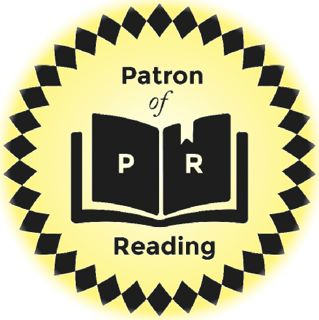
7. Drawing the pictures
The illustrator's job
Why a picture is worth a thousand words ...
Children's non-fiction books need illustrations and photographs as well as words.
There's an old saying: 'A picture is worth a thousand words'. It's very true – one good picture says more than words ever can.
Question: If the book has illustrations in it, how does the illustrator know what to draw?
Answer: The illustrator looks at the picture ideas I sent with my plan. My ideas are a starting point for the illustrator to work from.
How does the illustrator draw the pictures?
Most illustrations are first drawn in pencil. The illustrator uses a pencil with a soft, black lead (a B pencil), not a hard, scratchy pencil (an H pencil). It's easier to rub soft pencil out than hard.

The illustrator makes a careful, rough drawing in pencil. It's bigger than the illustration will actually be in the book. It might be half as big or twice as big. This means the illustrator can put a lot of detail into the picture. When it is shrunk down to fit the page in the book, all the detail will still be there.
The illustrator sends copies of the pencil drawings to the editor, and to me. If there's anything we're not happy with (such as a ninth leg being sneaked onto an octopus) we ask for it to be changed – and because the drawing is in pencil, it's easy to correct.
When everyone is happy with the pencil drawings, the illustrator colours them in. Watercolour paint, acrylic paint, felt pen, pencil crayons or pen and ink are some of the colours the illustrator might use. The coloured-in illustrations are called the artwork.
If anything needs to be changed after the artwork is finished, the illustrator might end up having to make a whole new picture. This is why it's so important to check the pencil drawings very, very carefully.
Non-fiction books are also filled with photographs. You'll find out where they come from on page 8.
Top image © Capstone Global Library Ltd






